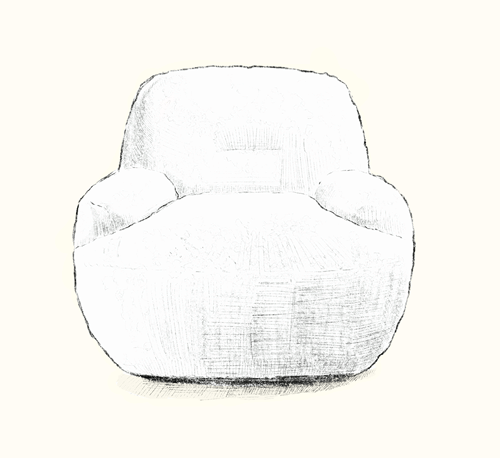Slavic Lookbook | Inspired Interior Design and Decoration
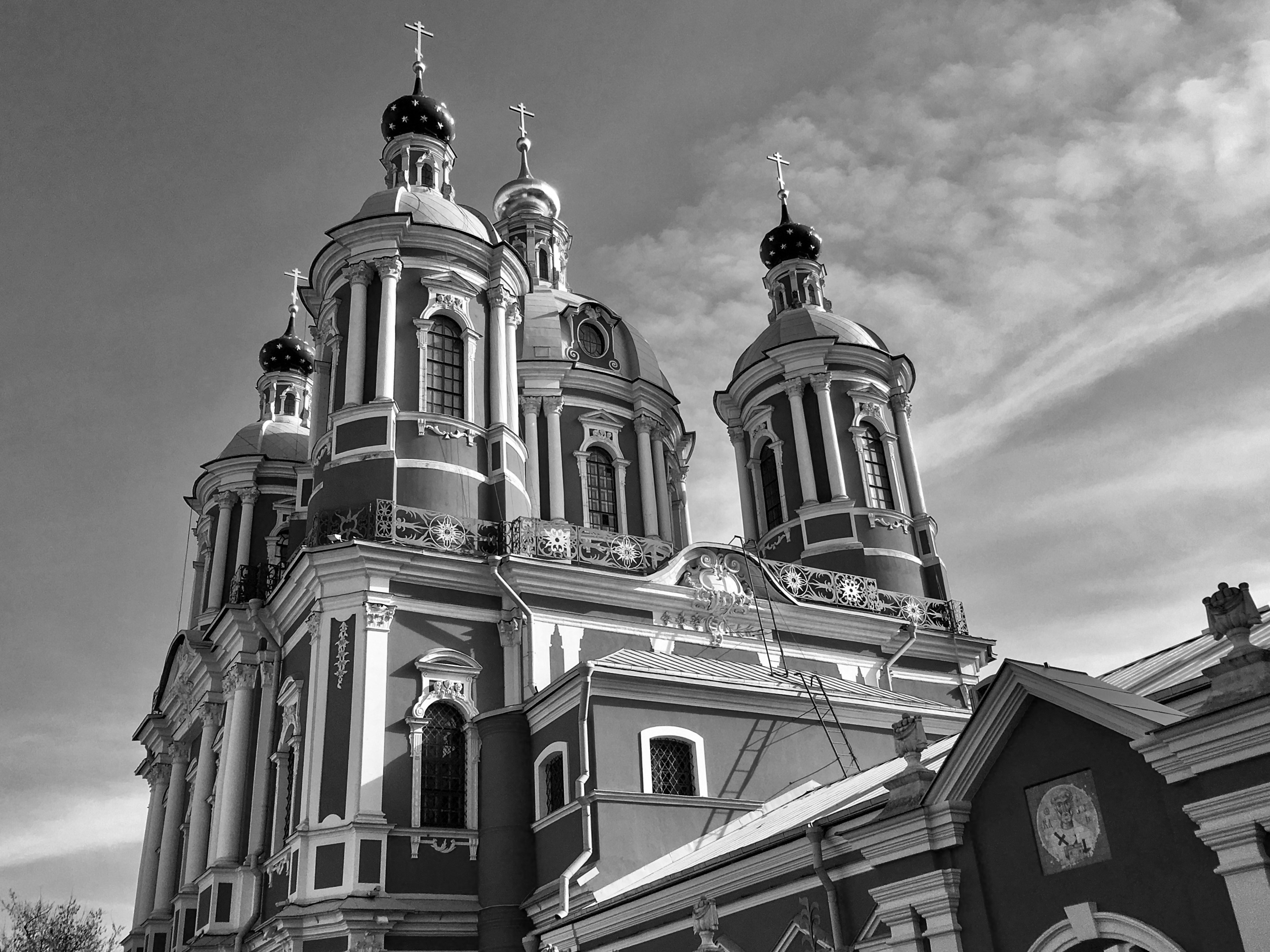
An Inspiring World – Eastern Europe
The Slavic world, rich in history and culture, stands out for its diversity of artistic and architectural practices. From the sacred art of religious icons to influential contemporary movements, this lookbook explores the many facets of Slavic creativity, emphasizing the importance of each element in preserving and evolving this unique culture.
The Slavic world, rich in history and culture, stands out for its diverse artistic and architectural practices. From the sacred art of religious icons to influential contemporary movements, this notebook explores the many facets of Slavic creativity, highlighting the significance of each element in preserving and evolving this unique culture.
Sonia LINARD, the founder and artistic director of Norki, draws much of her inspiration from her Slavic origins, which infuse her creative work at every stage. Raised in the heart of the vast plains of Eastern Europe, Sonia was profoundly influenced by the landscapes, colors, and traditions that surrounded her. The earthy tones of the fields, the vibrant shades of wildflowers, and the cool palettes of winter intertwine to shape her distinctive aesthetic. The harsh winters, with their pristine snows and soothing silence, have also nurtured her sense of simplicity and elegance. By integrating these elements into her creations, she successfully conveys an atmosphere of warmth and comfort while evoking the raw beauty of nature.
The rich folk traditions of this land—whether in textile patterns, folk tales, or local craftsmanship—also resonate in her work. Sonia draws inspiration from the geometric motifs and vivid colors that characterize Slavic folk art, weaving these influences into her creative reflections and designs. Each piece she creates tells a story, reflecting her roots and the culture that has shaped her. By highlighting these cultural elements, she crafts not just objects, but also evokes a sense of belonging and memory, connecting the past to the present.
Norki's new Autumn-Winter 2024 collection promises to be a vibrant celebration of these Slavic influences. Set to be unveiled at the end of November 2024, this collection will serve as a true ode to the landscapes and traditions that have deeply impacted Sonia. It will explore warm textures and deep colors reminiscent of golden fields beneath a winter sky, while incorporating motifs inspired by folk craftsmanship. Each piece is designed to offer a sensation of comfort and luxury, inviting contemplation and daydreaming.
By reinterpreting these rich cultural influences, Sonia LINARD continues to illuminate her heritage in the contemporary world, offering a collection that not only enriches interiors but also nourishes minds and hearts.
Discover her most beautiful inspirations in this lookbook.
Matryoshkas – Матрешки
Matryoshkas, or Russian nesting dolls, originated in Russia at the end of the 19th century. Inspired by Japanese nesting dolls, these hollow wooden figures open to reveal smaller dolls inside, each decreasing in size. Symbolizing fertility, motherhood, and family unity, matryoshkas often depict a Russian peasant woman, but they can also illustrate various themes such as folklore or historical figures. The intricate paintings are a tribute to traditional Russian craftsmanship, featuring floral patterns, scenes from daily life, or festive decorations. Renowned production houses like the workshops of Sergiyev Posad, Semionov, and Polkhov Maidan are celebrated for the quality and beauty of their creations. These little artistic gems inspire us with their history and aesthetics, and we are proud to feature them in the display window of our Megève boutique. They will be an integral part of the staging for the upcoming Anja collection, which is soon to be unveiled.
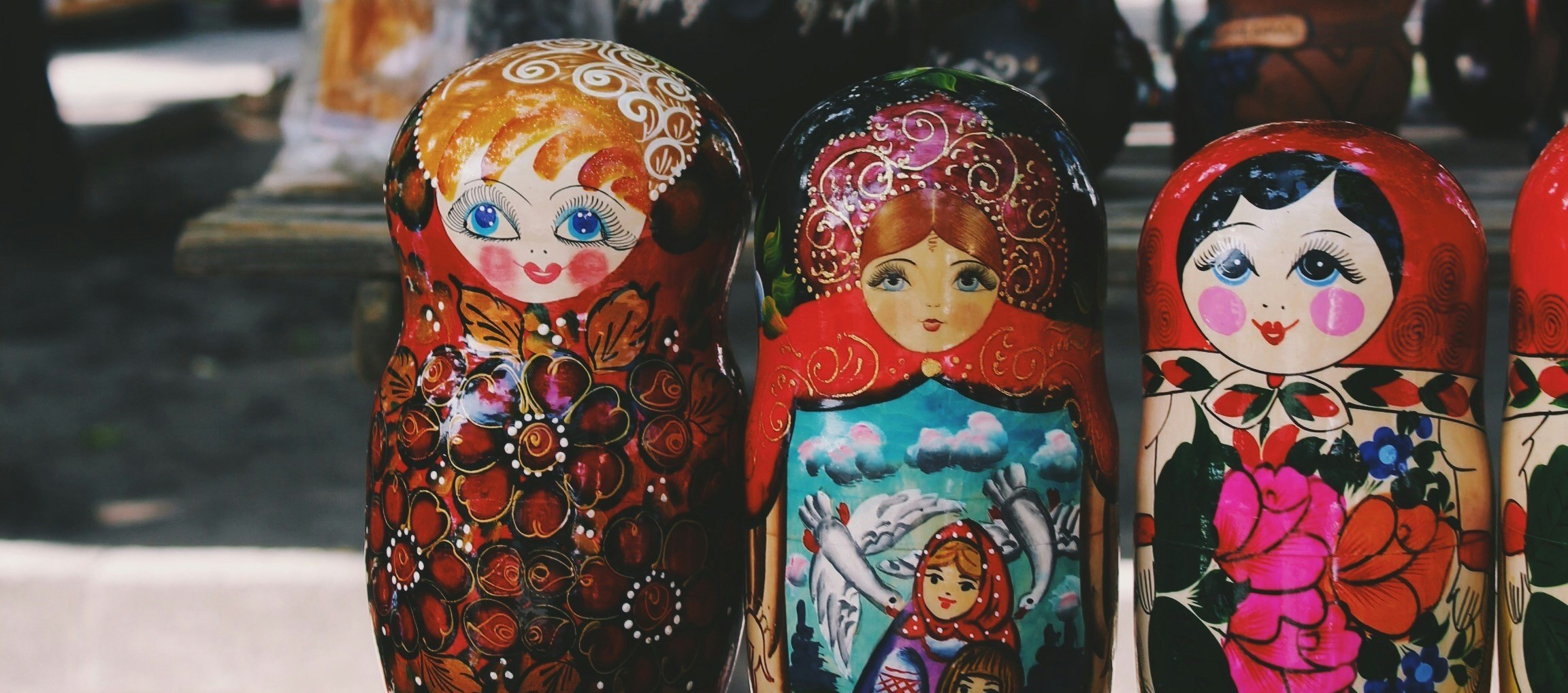
Dacha Architecture
Dachas, these typically Russian country houses, have a rich and varied history dating back to the 18th century. Originally built by the Russian aristocracy, dachas evolved to become popular retreats for Soviet city dwellers. Typical architectural features include the extensive use of wood, often carved with intricate patterns, and decorative ornaments inspired by nature. Traditional dachas are often colorful and adorned with wooden lace called "rezba." Modern constructions, while retaining some traditional elements, also incorporate contemporary materials and styles, creating a unique blend of past and present.
A unique blend of past and present that we find in the world of the Autumn-Winter 2024 Collection.
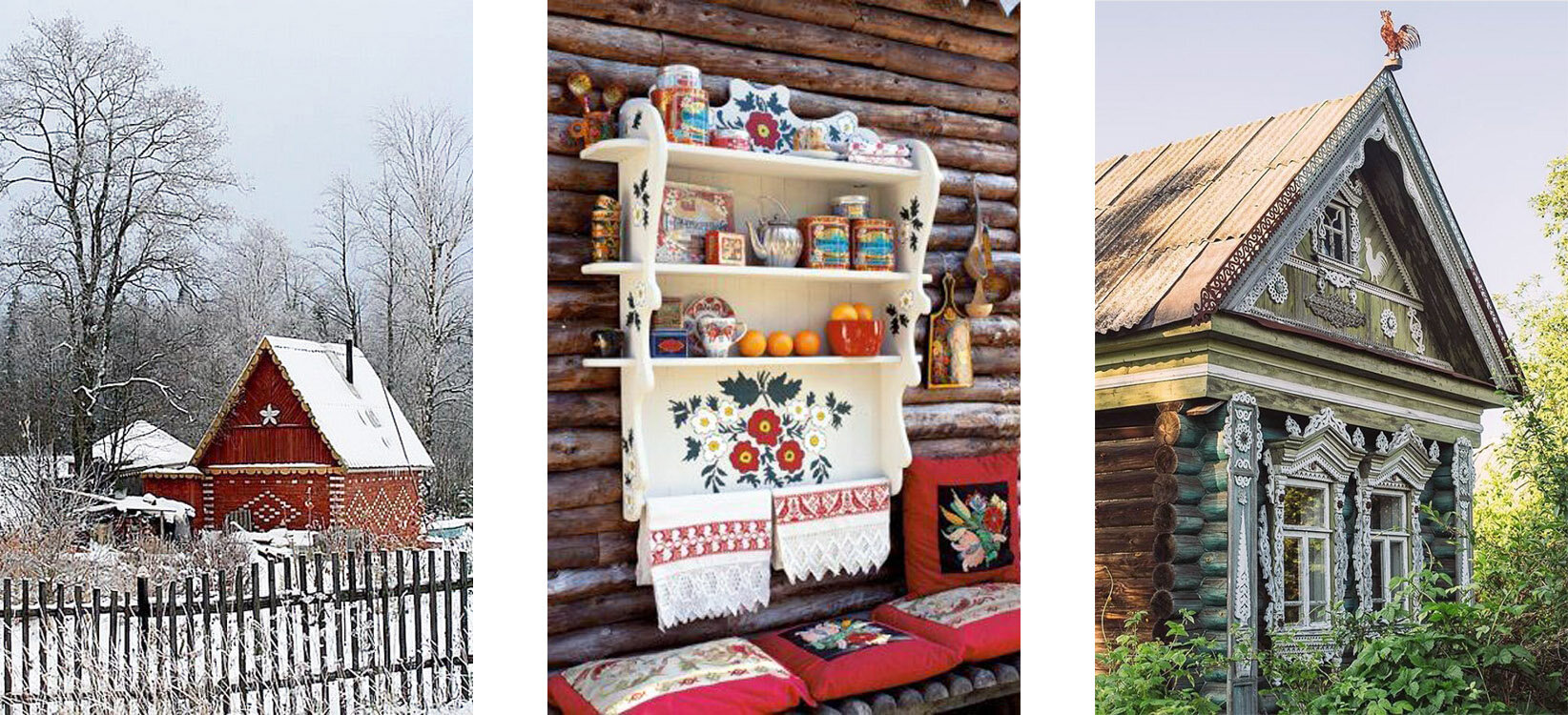
Brutalist Inspirations
The popular art of woodworking, almost folkloric, finds its roots in rural traditions where the creation of simple, sturdy furniture, "hewn with a hatchet," is a true peasant heritage. This ancestral practice values the simplicity of forms and the solidity of materials, creating pieces that reflect authenticity and functionality. Sonia Linard draws inspiration from this tradition to design the furniture for the upcoming collection, capturing the essence of this raw art. Benches, chairs, and screens from this collection adopt this brutalist style, always with a Norki touch.
Each piece, simple and strong, symbolizes this peasant art, marked by the robustness and simplicity of being "hewn with a hatchet.
Slavic Ballets
Ballet is an art form in which Slavic countries excel, with world-renowned companies like the Bolshoi Ballet in Moscow and the Mariinsky Ballet in Saint Petersburg. These ballets are famous for their breathtaking performances, rigorous discipline, and innovative choreography. Iconic works such as "Swan Lake" and "The Nutcracker" by Tchaikovsky have become classics of the ballet repertoire. Portraits of influential dancers and choreographers, like Anna Pavlova, Rudolf Nureyev, and Mikhail Baryshnikov, showcase their lasting impact on ballet and their contribution to global culture.
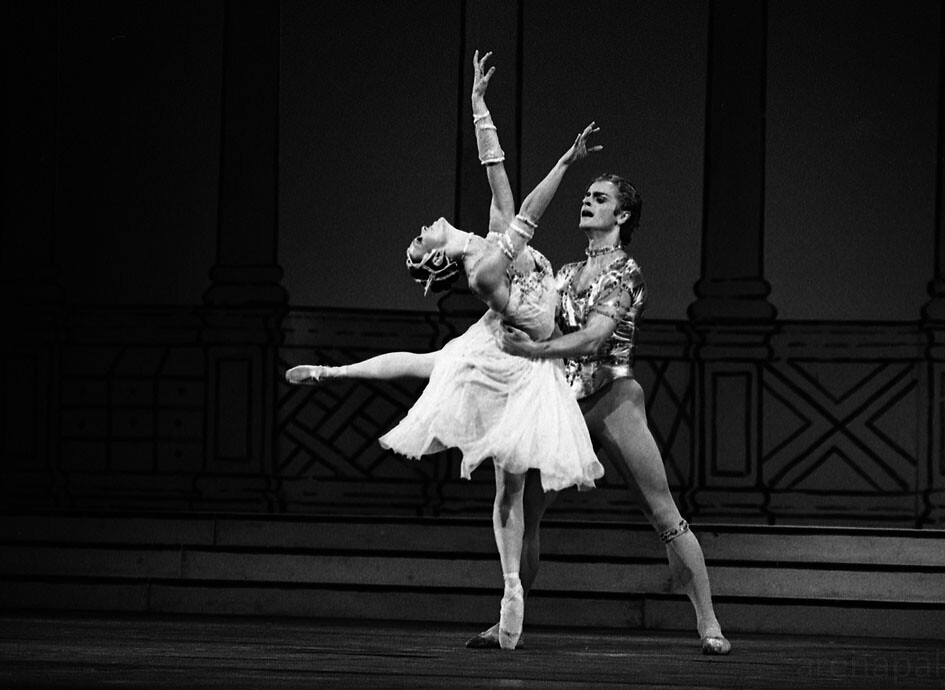
Slavic Haute Couture: Slava Zaitsev
Slava Zaitsev (Vyacheslav Zaitsev) is an iconic figure in Russian haute couture, often called the "Red Dior" for his bold and elegant creations. His collections, which frequently incorporate folk motifs and traditional textiles, revolutionized fashion in the Soviet Union and continue to influence contemporary fashion. Zaitsev draws on Russia’s rich cultural heritage to create garments that blend tradition and modernity, using intricate embroidery, vibrant colours, and motifs inspired by traditional costumes. His impact on Russian fashion is profound, having redefined standards of elegance and innovation in fashion design.
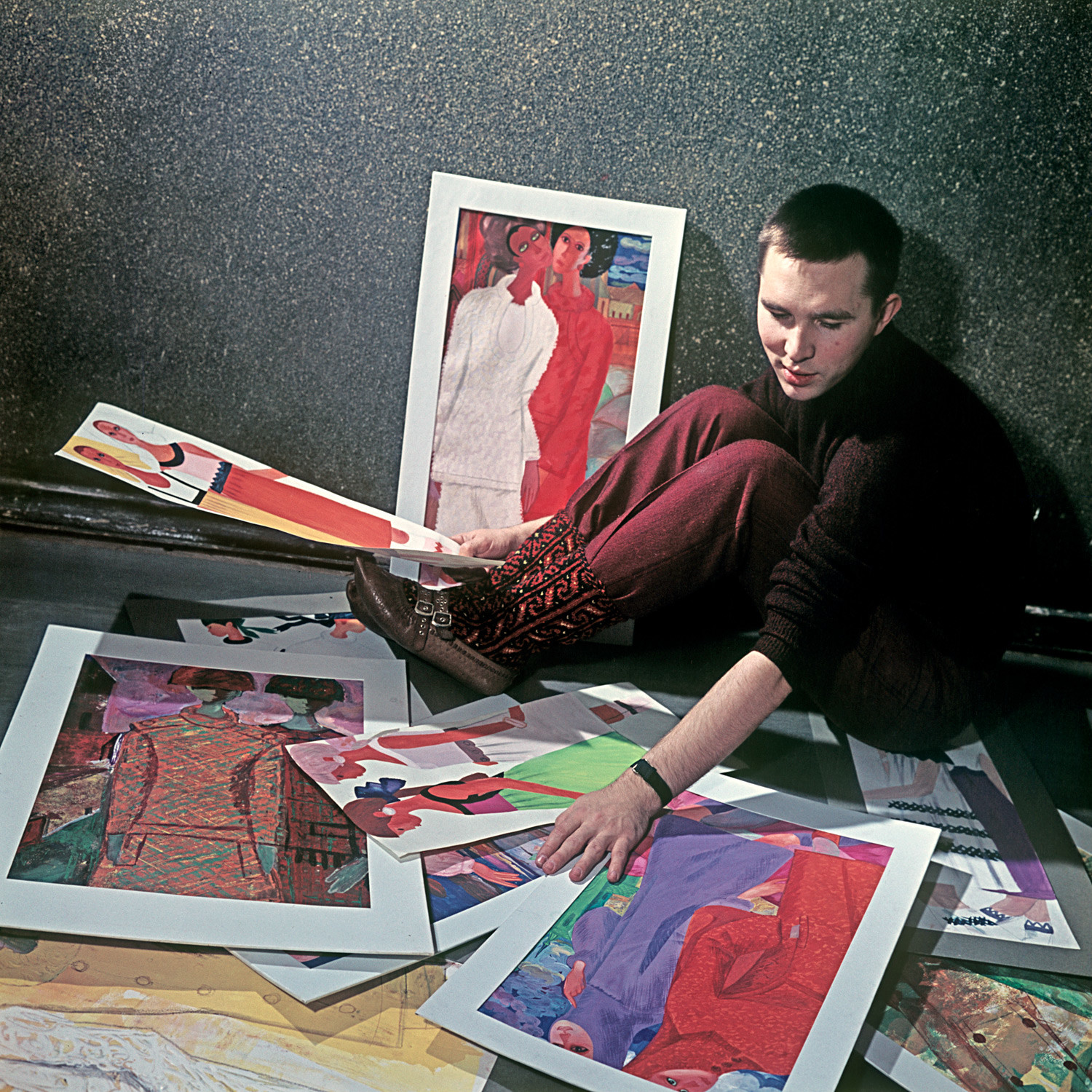
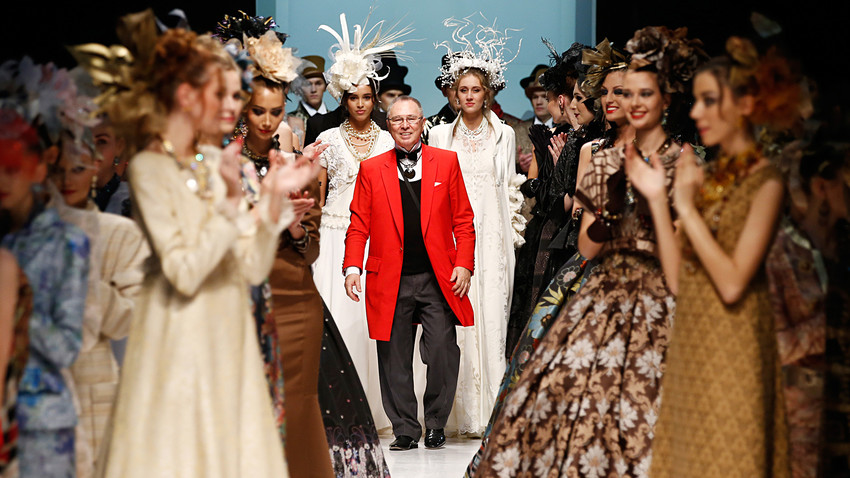
Traditional Slavic Embroidery and Textiles
Slavic embroidery is a fundamental aspect of the region’s craftsmanship, with each area having its own distinctive techniques and motifs. For example, the Ukrainian vyshyvanka is known for its geometric patterns and vibrant colors, often red and black, symbolizing passion and fertility. Russian embroidery, on the other hand, often uses gold and silver threads to create elaborate designs on traditional garments. These textiles are not merely decorative; they carry deep cultural and spiritual meanings, often used in ceremonies and rites of passage to symbolize protection, prosperity, and community identity.
The roubachka, a traditional Russian shirt typically made of linen, is worn by both men and women. It is characterized by its loose, comfortable fit and long sleeves. Coco Chanel, famous for her clean and modern style, drew inspiration from this simple piece to create timeless designs. The roubachka, with its simplicity and comfort, likely influenced her creation of the little black dress, a staple in women’s fashion.
Inspired by traditional costumes and the art of Slavic embroidery, the Autumn-Winter 2024 collection features throws and cushions that blend haute couture and culture.

Chanel, Ensemble de jour 'Day Set', 1923, Metropolitan museum, New-York
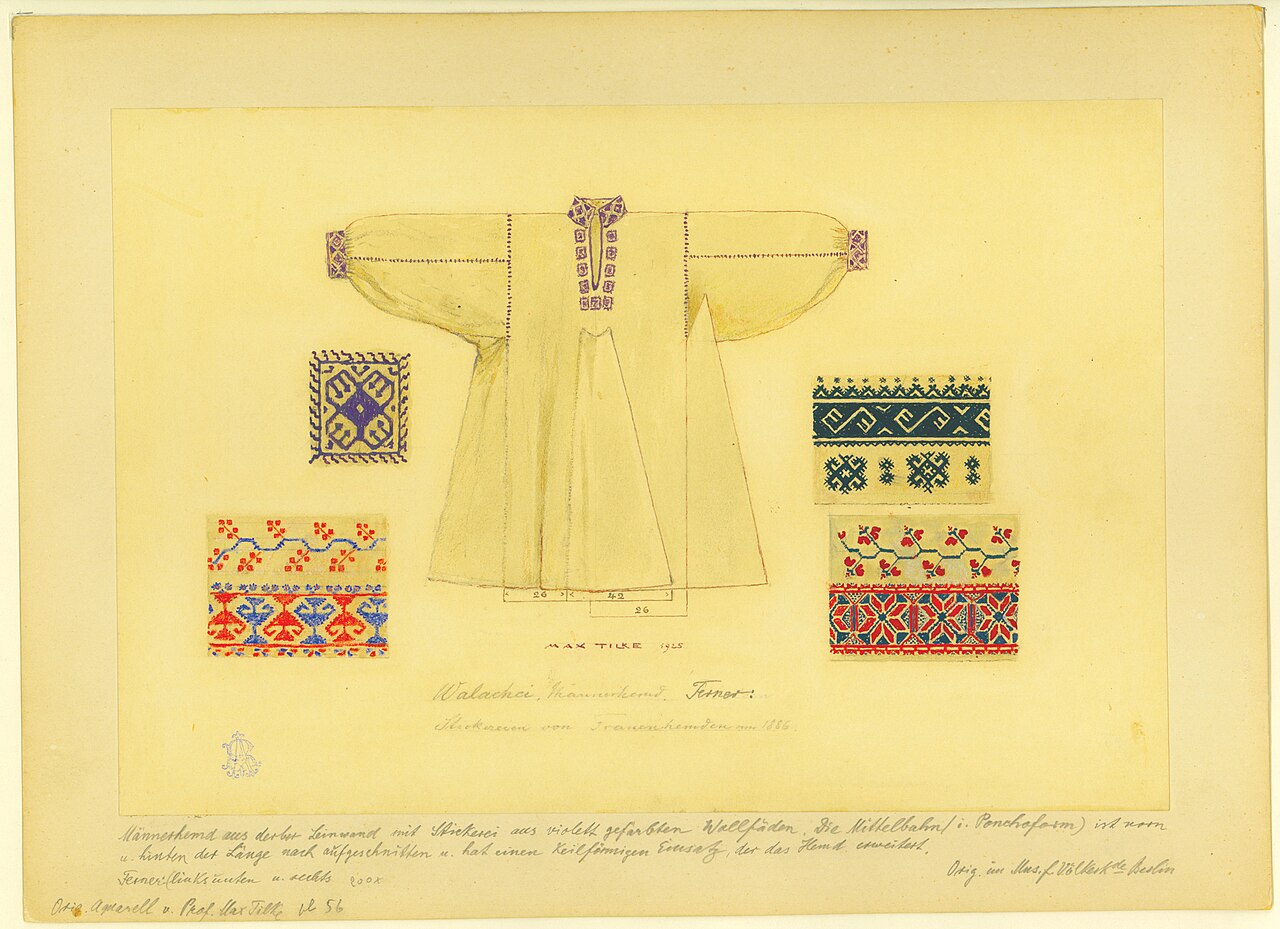
Contemporary Slavic Art
Contemporary Slavic art is a dynamic and constantly evolving field, reflecting both global influences and local traditions. Artists like Monika Sosnowska, a prominent Polish sculptor, and Ilya Kabakov, ranked among the "ten greatest living artists" by ARTnews in 2000, are prominent figures. Contemporary Slavic art often integrates elements of history and folklore, creating works that are both innovative and rooted in cultural heritage.
Contemporary art galleries and museums in Russia, Poland, and other Slavic countries are vibrant centers of creativity and artistic exploration, highlighting the richness and diversity of modern artistic expression in the region.
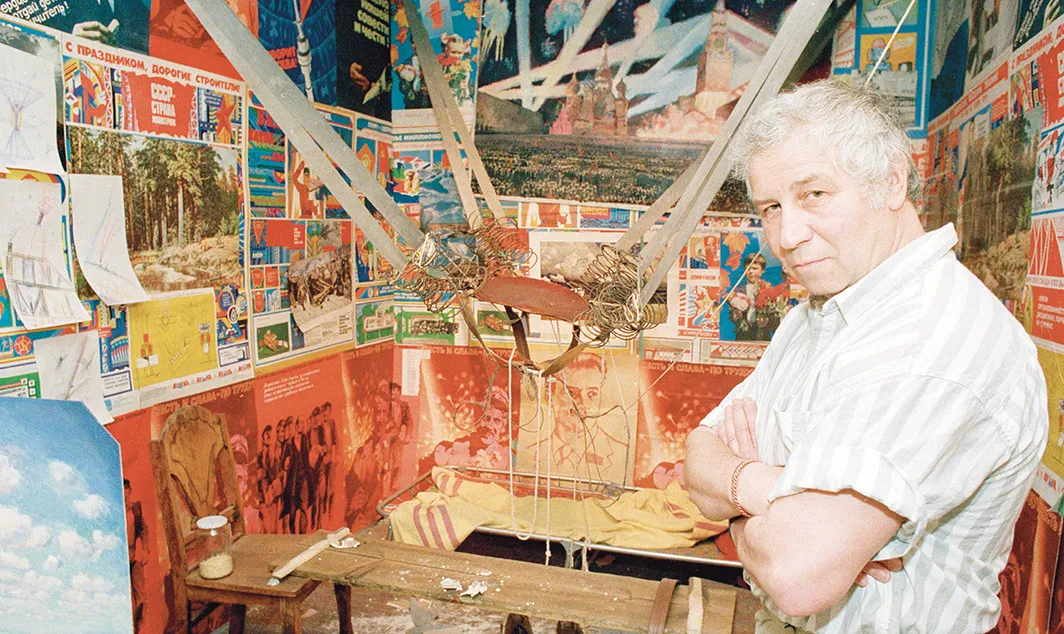
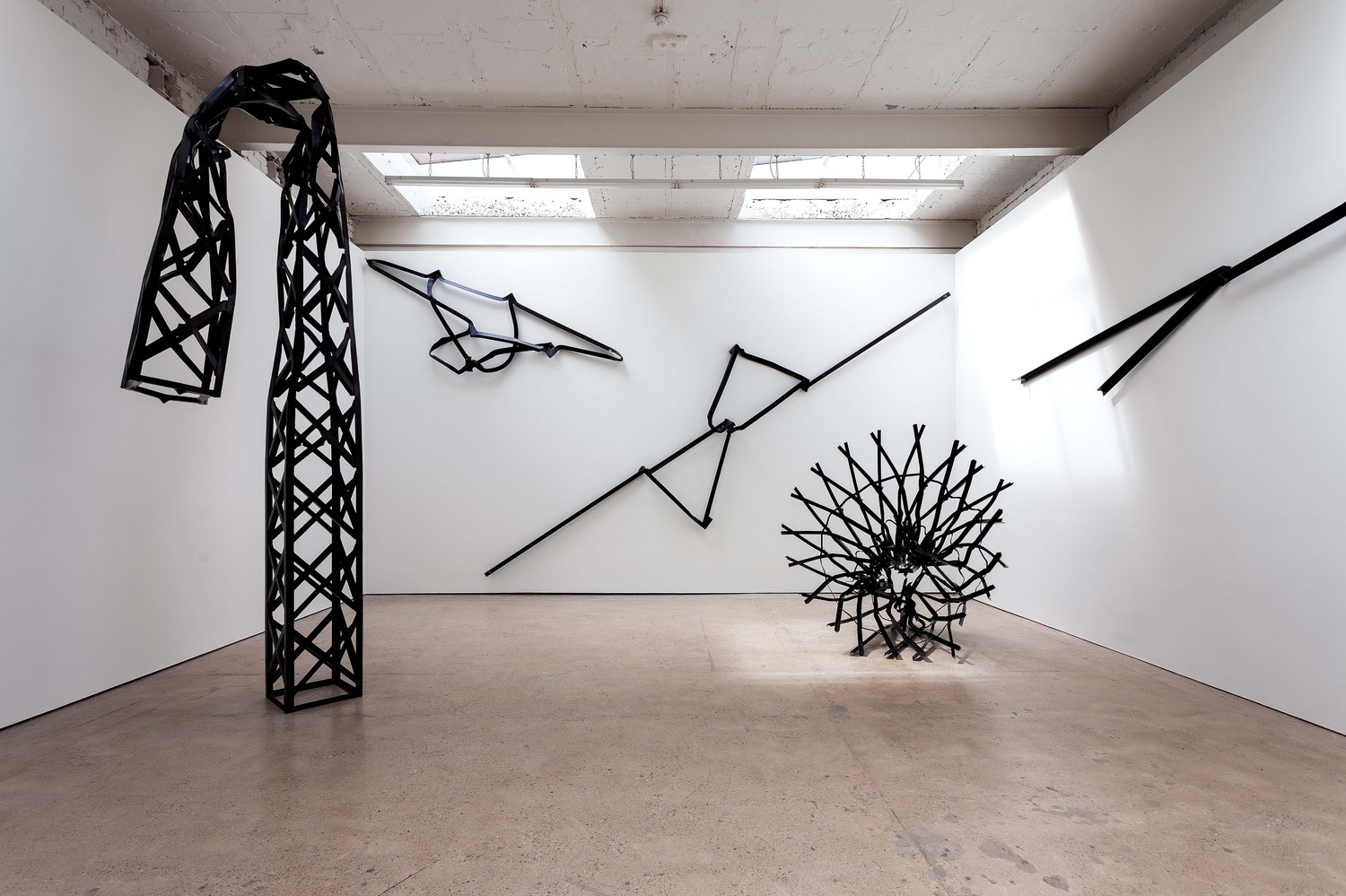
Almost Antagonistic Collections
The Anja 2024 collection and the Il à Neigé 2023 collection, while distinct in their inspirations, converge in their celebration of exceptional craftsmanship and the beauty of natural materials. They embody the very essence of our philosophy, where each piece tells a story and invites enveloping and authentic comfort.
The Autumn-Winter 2024 collection draws its inspiration from the youth of Sonia Linard, exploring the influences of Eastern Europe and brutalist art. This collection is an ode to the cold and poetic nature of Poland and Russia, as well as to Slavic art. Marked by strong lines and raw materials, it reflects Sonia Linard's childhood and adolescence, celebrating the authenticity and simplicity of rural traditions. Inspired by the mysteries and charms of the Eastern lands, this collection reinterprets timeless elegance in its purest form.
The Autumn-Winter 2023 collection embodies the essence of unique and special moments in the mountains. Inspired by family memories spent in a chalet, it stands out for its visual and tactile softness. The throws, cushions, and rugs with rounded edges or reminiscent of authentic chalet architecture, as well as the soft and comfortable armchairs and sofas, are designed to create a warm cocoon where one can snuggle up by the fire.
Although these two collections differ in their sources of inspiration and aesthetics, they share a common vision of authenticity and artisanal expertise. Together, they form a harmonious blend that pays homage to Nature and noble materials, pillars of our Maison.

